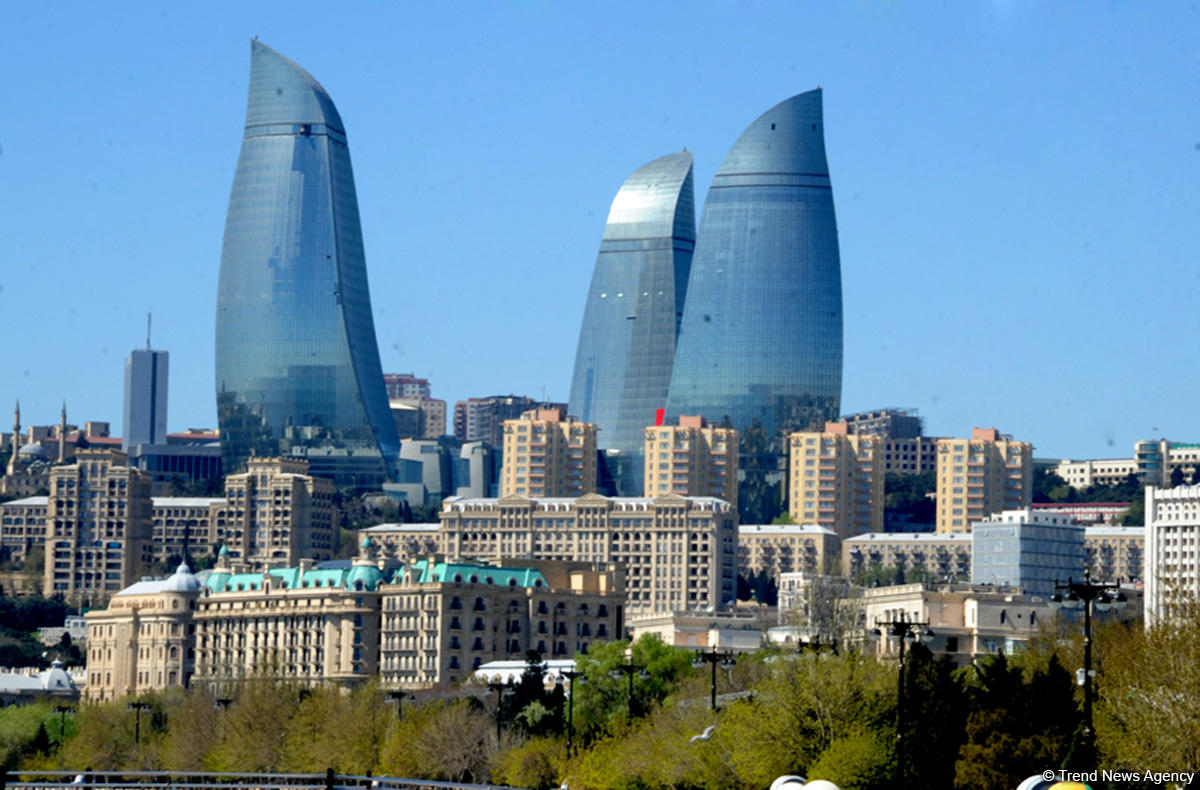Baku, Azerbaijan, March 29
By Elchin Mehdiyev - Trend:
The genocide policy pursued by Armenians against the Azerbaijani people also affected national cultural and historical monuments, said Jeyhun Mammadov, Senior Adviser at the Department of Interethnic Relations, Multiculturalism and Religious Issues of the Presidential Administration of Azerbaijan.
Mammadov made the remarks at an international science conference, titled “The 100th Anniversary of the Genocide of Azerbaijanis in 1918. The Policy of Genocide, Military Aggression and Ethnic Cleansing in Modern Times”, in Baku March 29.
In Armenia, many mosques, historical and cultural monuments belonging to the Azerbaijani people were destroyed, he said.
"The mosques in Nagorno-Karabakh, occupied by Armenia, were completely destroyed. This once again shows the scale and essence of the genocide committed by Armenians against the Azerbaijani people," Mammadov said.
Mammadov said that today one can see an Armenian church protected by the state in the center of Baku.
"On the one hand is the genocide policy pursued by Armenia against the Azerbaijani people, on the other hand is the policy implemented by Azerbaijan. The difference is obvious," he said.
Mammadov added that today Armenians live in Azerbaijan and there is no conflict between Azerbaijanis and Armenians in Azerbaijan.
The conflict between the two South Caucasus countries began in 1988 when Armenia made territorial claims against Azerbaijan. As a result of the ensuing war, in 1992 Armenian armed forces occupied 20 percent of Azerbaijan, including the Nagorno-Karabakh region and seven surrounding districts.
The 1994 ceasefire agreement was followed by peace negotiations. Armenia has not yet implemented four UN Security Council resolutions on withdrawal of its armed forces from the Nagorno-Karabakh and the surrounding districts.






